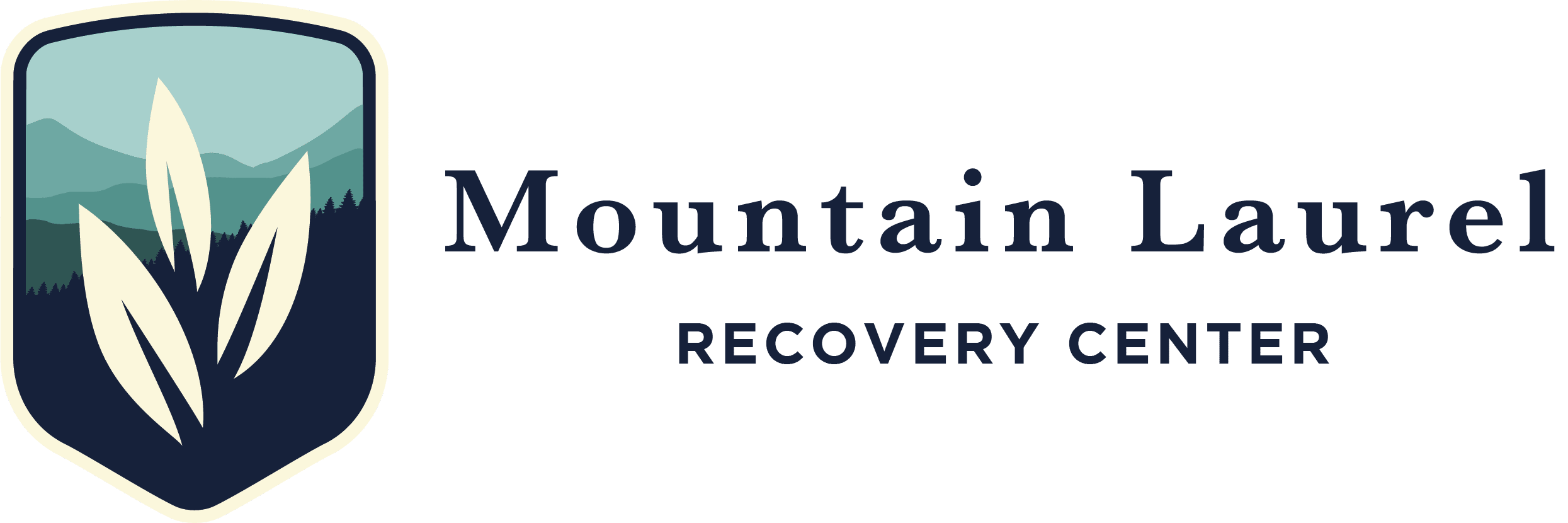
Understanding How OxyContin Fueled the Opioid Epidemic
OxyContin, a time-release formula of oxycodone, was first approved by the Food and Drug Administration (FDA) in 1995. Thanks to an aggressive marketing campaign by the privately held pharmaceutical company Purdue Pharma, sales quickly skyrocketed to over $3 billion per year.
Before the introduction of OxyContin, doctors were generally reluctant to prescribe opioids due to concerns over their addictive nature. However, sales reps told doctors that OxyContin was safer because one dose lasted 12 hours, as opposed to other opioids that were effective for eight hours or less. They claimed the side effects and addictive qualities of oxycodone were reduced with their company’s formulation, then offered lucrative perks for doctors who frequently prescribed OxyContin to their patients.
Purdue Pharma’s misleading marketing campaigns have been widely criticized as playing a crucial role in sparking the current opioid epidemic. The company has faced multiple lawsuits over the past decade—including claims from individuals who lost family members due to fatal opioid overdoses—and declared bankruptcy in 2019. In October 2020, the Justice Department announced an $8 billion global settlement of civil and criminal investigations into the company’s aggressive marketing of OxyContin and other opioid medications. Going forward, Purdue Pharma will be operated as a public trust under government control.
About OxyContin Addiction
OxyContin addiction often starts with a legitimate prescription. An individual may be struggling with serious pain and feel grateful for the relief that the drug provides. If they’re not fully aware of the danger, they may begin to increase their dosage or take the pills closer together than what their doctor had recommended. This causes a tolerance to develop, leading to the need to take higher doses to achieve the same effects. Tolerance eventually leads to physical and psychological dependence, and then addiction occurs when the person’s entire life begins to center around opioid use.
If swallowing the pills doesn’t produce the desired results, people who are addicted to OxyContin may crush and snort the tablets or dilute them in water to inject the drug. These practices destroy OxyContin’s time-release mechanism and provide a feeling of euphoria similar to heroin. If OxyContin isn’t available or becomes too expensive to purchase on the black market, users accustomed to snorting or injecting the drug may simply graduate to abusing heroin.
Signs of Addiction to OxyContin
Some potential signs of addiction to OxyContin include:
- Being preoccupied with obtaining a steady supply of the drug
- Seeing multiple doctors for prescriptions
- Buying black market pills
- Combining OxyContin with alcohol or other drugs to achieve a more intense high
- Declining performance at work or school
- Difficulty maintaining relationships with friends and family
- Lack of interest in hobbies or activities that were once a source of pleasure
- Poor grooming or personal hygiene
- Lack of appetite and unexplained weight loss
- Erratic moods that fluctuate between euphoria and apathy
- Financial trouble due to substance abuse
- Legal problems, such as an arrest for stealing or driving under the influence
- Experiencing withdrawal symptoms such as insomnia, abdominal cramping, muscle aches, and diarrhea when OxyContin isn’t available
- Being unable to cut back or stop the use of OxyContin despite a sincere desire to do so
Overdose Risk
Anyone who is abusing OxyContin risks the possibility of a fatal overdose. Naloxone, sold under the brand name Narcan, is a medication that can temporarily block or reverse the effects of OxyContin and other opioids to prevent respiratory failure and allow time to seek lifesaving emergency medical care. Efforts to ensure first responders such as paramedics, police officers, and firefighters have access to naloxone have had some success, but 2020 was still a record-breaking year for fatal overdoses.
Getting Help
Addiction isn’t caused by a lack of willpower or a character flaw. It’s a complex illness with both biological and environmental triggers. If you’re struggling with an addiction to OxyContin or other opioids, Mountain Laurel Recovery Center can help.
Located on 25 acres in beautiful Tioga County near the Pennsylvania Grand Canyon, our residential drug and alcohol treatment center provides a full continuum of care for men and women with substance use disorders. Medically managed detox helps remove opioids and other abused substances from the body, with 24-hour nursing care, support staff, and physicians on hand to meet anticipated and/or unanticipated medical needs during the withdrawal process. Individual, group, and family therapy combined with various holistic support services helps individuals learn to manage stress, cope with cravings, deal with chronic pain, process past trauma, and develop the habits necessary for a wellness-focused lifestyle. Upon graduation from residential treatment, clients can choose to take advantage of our extended care program and other continuing care resources designed to ease the transition back to independent living.
We believe that addiction is a sickness of isolation best overcome through a life lived and shared in a supportive community. No matter what struggles you’ve faced in the past, we’re here to offer the help you need to create a brighter future.
